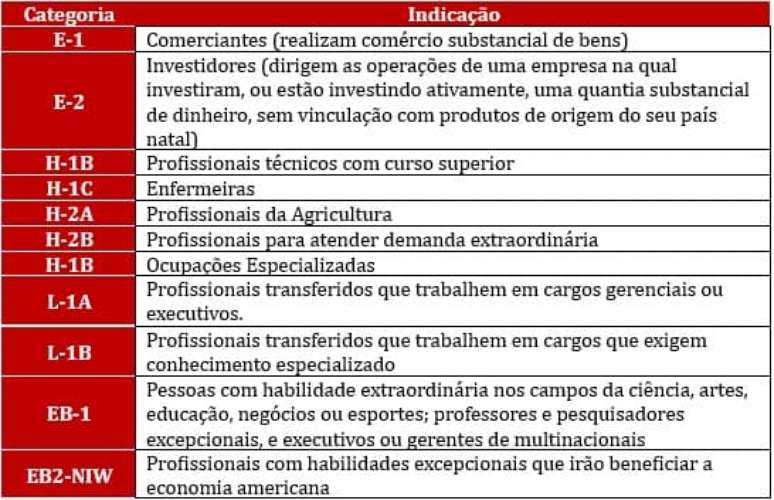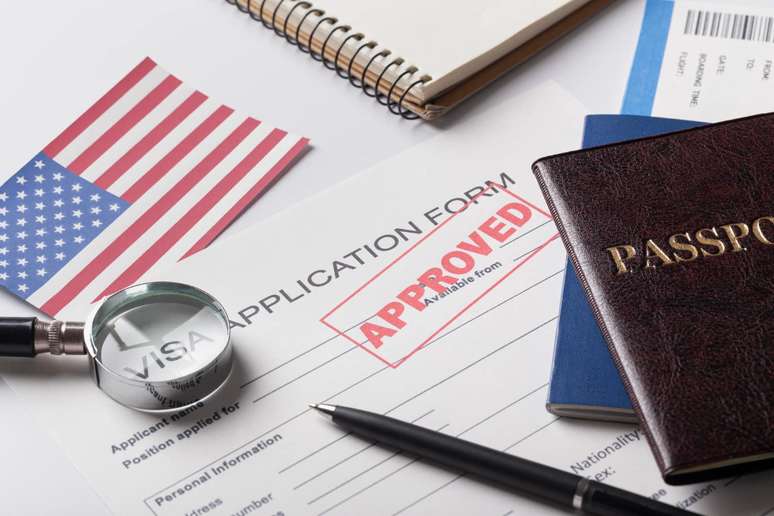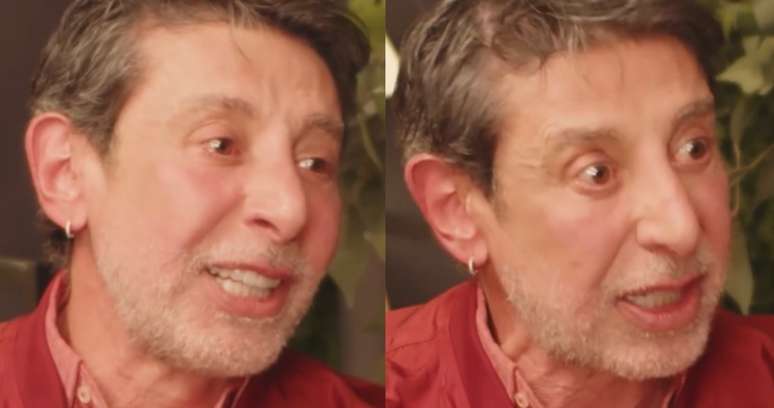Lawyer Teaches How to Avoid Mistakes When Applying for a Visa
Summary
The United States has 187 types of visas, being the third country to issue them to Brazilians. The B-1 and B-2 visas represent the majority issued.
There are currently 187 different types of visas in the United States, which vary depending on the individual’s travel profile and the activities that will be carried out in the United States. According to data released by the U.S. Embassy in Brazil, 1.158 million visas were issued to Brazilians in 2023, which places the country in third place in terms of issuance. The research also shows that B-1 visas, for business; and B-2, for leisure and tourism, represent 94.4% of all U.S. visas issued to Brazilians last year.
Pedro Drummond, a Florida and New York licensed attorney, a specialist in professional immigration in the USA and partner in charge of the legal area of Drummond Advisors, explains that, even with the representation of the B-1 and B-2 categories, travelers must be aware of the activities they will carry out in the North American country and which visa to apply for.
“A visa has time and activity limitations; that is, it is valid for a certain period and only for some specific permitted activities, depending on the category. This also varies the number of entries allowed into the country, as well as the renewal times,” adds the executive.
The period of time a foreigner can remain on American soil after arrival is not the same as the duration of the visa. While the duration of the visa is granted by the consulate, the duration of stay is granted by the U.S. Customs and Border Protection officer at the port of entry. For example, B-1 and B-2 visas can be valid for 10 years, while the duration of stay on these visas is up to 180 days. As a rule, the duration of stay is renewed each time a person returns to the United States.
The processes for obtaining visas, entry and stay in the country are different for each application profile.
“The simplest visas, such as the B1, for business, are requested and processed by a Consulate. But for those who go to the United States to work, the procedures are more complex and in these cases you apply to the USCIS (US Citizenship and Immigration Service) and the recommendation is to have the support of a specialized lawyer,” explains Pedro.

For those who want to go to the United States to work, the visa options are wide and vary depending on the activity carried out and the length of stay in the country. The Employment Authorization Document (EAD) that guarantees the foreigner the right to work on American soil is available for some visas, such as L-1, for a family member of a person who will go to work in the US with L-2, and not available in some, such as B-2, for tourists, but can be applied exceptionally in others, such as F-1, more common for students, when they choose to attend the Optional Practical Internship – OPT, at the end of their academic training.
“Bringing a Brazilian professional to the United States requires some steps and analysis within the company that deals with internationalization, and having lawyers with extensive knowledge of migration, who work in both the country of origin and the destination, is very important to avoid problems and undue expenses. This is recommended for independent professionals, who end up looking for help on the Internet, either on websites with model forms and step-by-step instructions, or on forums with tips, which can give the false idea of simplifying the process. This is where we run a great risk, so having specialized support makes the difference when applying for a visa, thus avoiding wasting time and money,” concludes Pedro Drummond.
inspires transformation in the world of work, in business, in society. Compasso, a content and connection agency, is born.
Source: Terra
Ben Stock is a lifestyle journalist and author at Gossipify. He writes about topics such as health, wellness, travel, food and home decor. He provides practical advice and inspiration to improve well-being, keeps readers up to date with latest lifestyle news and trends, known for his engaging writing style, in-depth analysis and unique perspectives.







